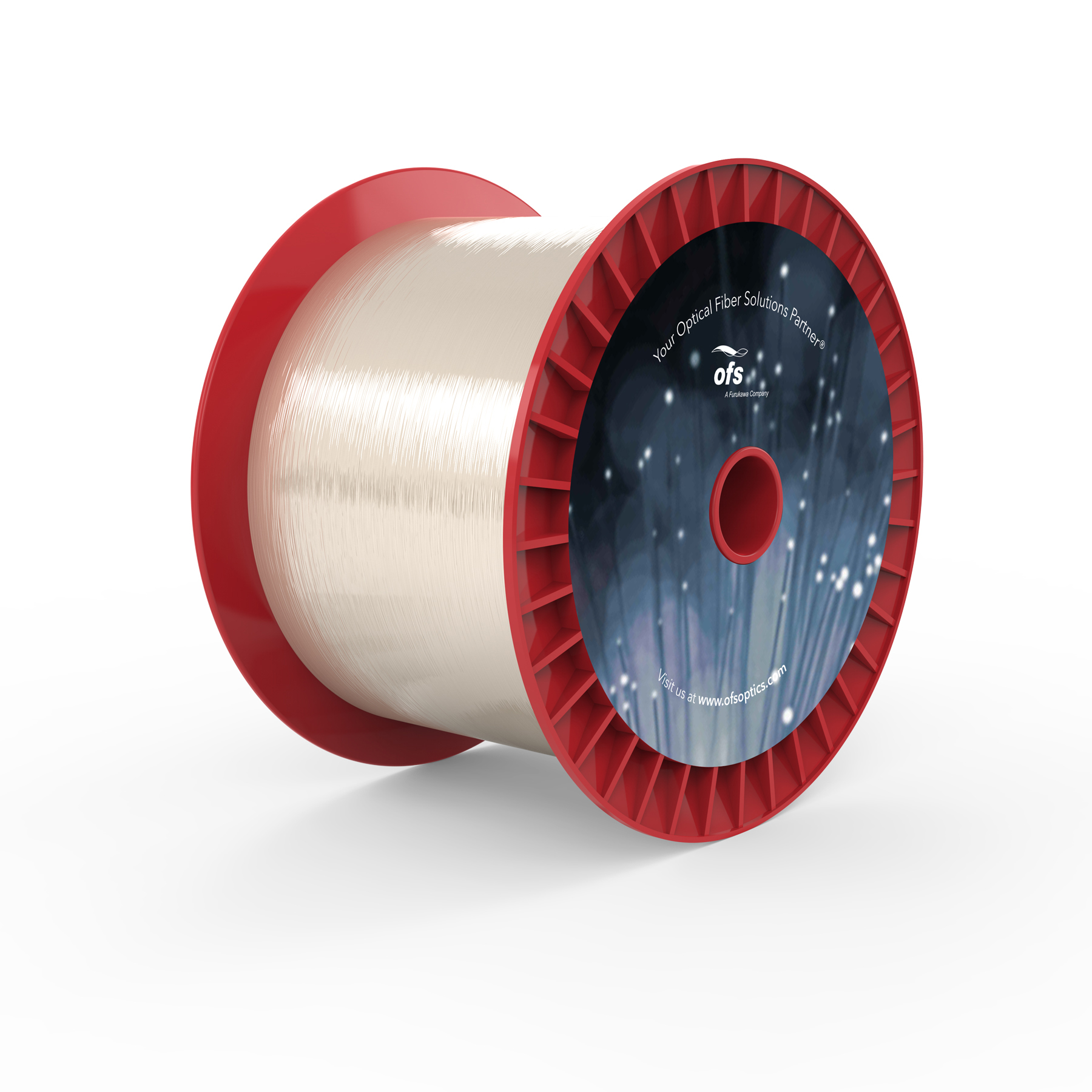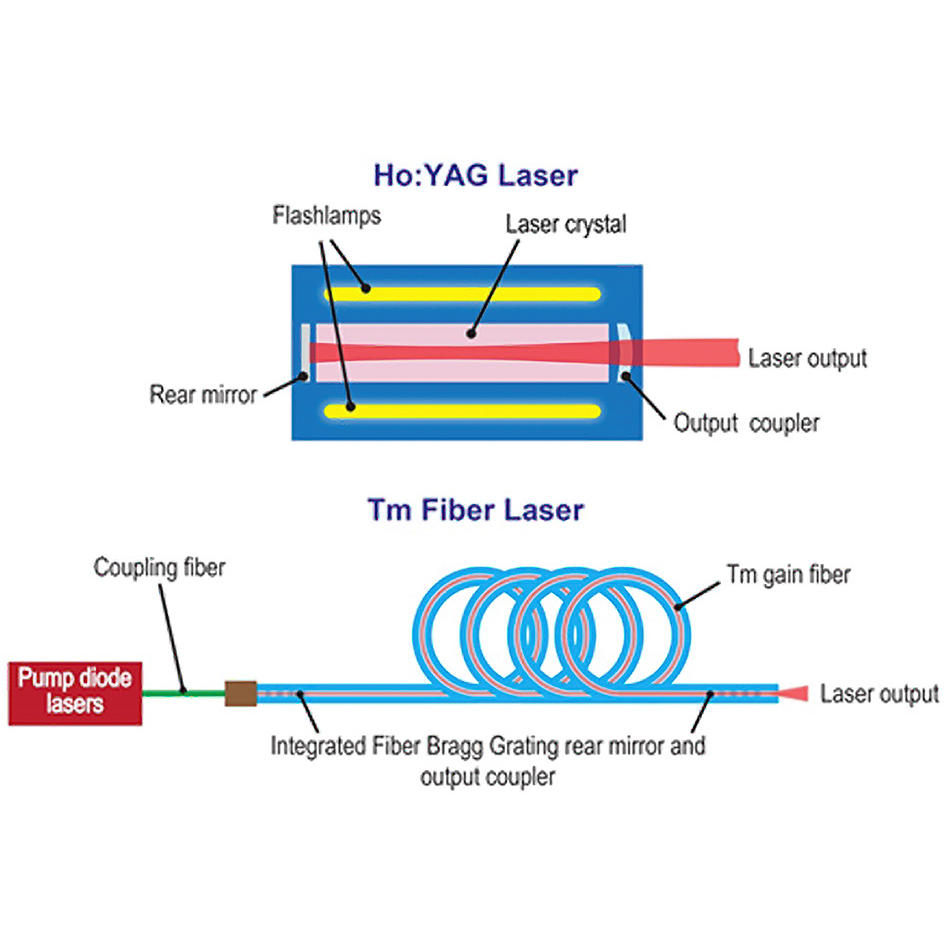Contents
Source: Coherent
Understanding Rare-Earth-Doped Fibers in Fiber Lasers and Amplifiers
Fiber lasers and fiber amplifiers are pivotal technologies in the field of photonics, leveraging the unique properties of rare-earth-doped fibers. These fibers are integral to the operation of high-performance lasers and amplifiers, offering remarkable efficiency and versatility. This article explores the characteristics, applications, and significance of rare-earth-doped fibers in modern photonics.
Introduction to Rare-Earth-Doped Fibers
Rare-earth-doped fibers are specialized optical fibers that incorporate laser-active rare earth ions within the fiber core. These ions, such as ytterbium, erbium, and neodymium, absorb pump light and facilitate light amplification through stimulated emission. The confinement of light within the fiber’s waveguide structure results in high gain efficiency, making these fibers essential for fiber lasers and amplifiers.
Common Types of Rare-Earth-Doped Fibers
Several types of rare-earth ions are commonly used in fiber lasers and amplifiers, each offering unique emission wavelengths and properties:
- Ytterbium (Yb3+): Typically used in silicate glass, emitting in the 1.0–1.1 μm range.
- Neodymium (Nd3+): Found in silicate and phosphate glasses, with emission wavelengths of 1.03–1.1 μm, 0.9–0.95 μm, and 1.32–1.35 μm.
- Erbium (Er3+): Used in silicate, phosphate, and fluoride glasses, emitting at 1.5–1.6 μm, 2.7 μm, and 0.55 μm.
- Thulium (Tm3+): Found in silicate, germanate, and fluoride glasses, with emission ranges of 1.7–2.1 μm, 1.45–1.53 μm, and 0.48 μm.
- Praseodymium (Pr3+): Used in silicate and fluoride glasses, with emission at 1.3 μm, 0.635 μm, and 0.6 μm.
- Holmium (Ho3+): Typically used in silicate and fluorozirconate glasses, emitting at 2.1 μm and 2.9 μm.
The Role of Host Glass Composition
The host glass composition plays a critical role in the performance of rare-earth-doped fibers. The choice of glass affects transparency range, dopant solubility, and the efficiency of optical transitions. For example, silicate glasses are unsuitable for mid-infrared lasers due to their absorption characteristics, while fluoride glasses offer better transmission in the mid-infrared range.
Additional dopants like alumina, germania, and phosphorus compounds are often added to the glass to enhance the solubility of rare-earth ions and improve fiber performance. The choice of host glass can also impact the fabrication process, as some glasses are more challenging to handle and process than others.
Simulations and Modeling in Fiber Design
Designing effective fiber lasers and amplifiers requires sophisticated simulations to predict performance accurately. These simulations consider factors such as pump absorption, gain saturation, and amplified spontaneous emission. By utilizing advanced simulation tools, engineers can optimize fiber designs to achieve desired performance characteristics.
Codoped Fibers and Their Applications
Codoped fibers, which incorporate more than one type of rare-earth ion, offer enhanced performance for specific applications. A common example is the combination of erbium and ytterbium, where ytterbium acts as a sensitizer, enhancing pump absorption and enabling shorter fiber lengths. Such fibers are ideal for compact, high-performance laser systems.
Codoping can also facilitate efficient operation in gain systems with self-terminating laser transitions, such as praseodymium codoping in erbium fiber lasers for 2.7-μm emissions.
High-Power Lasers and Amplifiers
For high-power applications, double-clad fibers are often used. These fibers feature a multimode inner cladding for pump light and a single-mode core for laser light. This configuration allows for high beam quality output, even with low-quality pump sources. Double-clad fibers are essential for brightness conversion, where the output brightness significantly exceeds that of the pump source.
Characterization and Performance Prediction
Characterizing rare-earth-doped fibers involves assessing various optical properties, including absorption and emission cross-sections, upper-state lifetimes, and effective mode areas. Advanced measurement techniques, such as fluorescence spectroscopy and white-light absorption, provide insights into fiber performance.
Predicting the performance of fiber devices involves understanding the complex interactions between pump light, gain saturation, and amplified spontaneous emission. By employing comprehensive models and simulations, engineers can design efficient and reliable fiber laser and amplifier systems.
Conclusion
Rare-earth-doped fibers are fundamental components in the development of high-performance fiber lasers and amplifiers. Their unique properties, influenced by the host glass and dopant composition, enable a wide range of applications in telecommunications, medical technology, and industrial processing. As technology advances, the continued exploration and optimization of these fibers will drive further innovations in the field of photonics.

Source: Catalog
Feel free to comment your thoughts.




